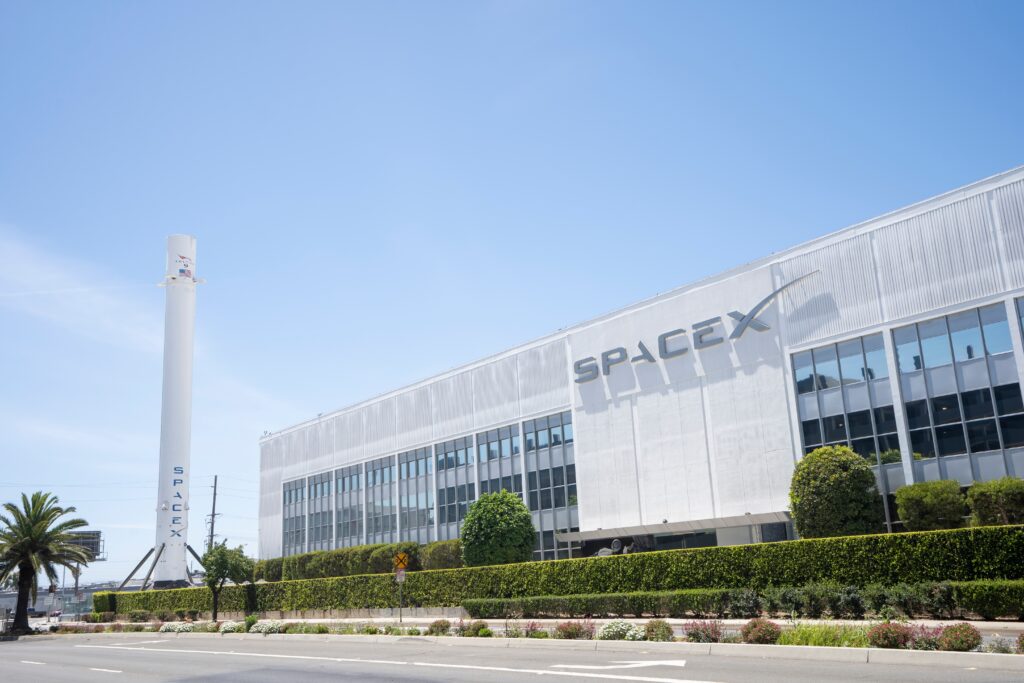SpaceX launched the CRS-33 mission from Cape Canaveral on Sunday, marking Dragon’s 50th visit to the ISS.
The spacecraft first reached the space station in May 2012 during a resupply demonstration.
After stage separation, the booster successfully landed on the droneship A Shortfall of Gravitas in the Atlantic Ocean.
SpaceX officials confirmed the Dragon will autonomously dock with the ISS on Monday after a 28-hour flight.
Cargo and Research Objectives
CRS-33 carries 5,000 lbs (2268 kg) of food, supplies, and experiments for astronauts aboard the ISS.
Officials emphasized that the mission delivers far more than routine cargo.
Astronauts will conduct 50 scientific studies aimed at advancing future human space exploration.
Heidi Parris, associate scientist for the ISS Program, highlighted bone-loss research during the mission.
Researchers will test whether blocking a specific protein may reduce the bone loss astronauts experience in microgravity.
Future Roles for Dragon
The launch marked the booster’s seventh flight and Dragon’s third mission for ISS resupply.
In September, NASA will use Dragon to boost the space station’s altitude, according to operations manager Bill Spetch.
Spetch explained the station’s altitude gradually decreases due to thin atmospheric drag at orbital height.
NASA contracted SpaceX to provide reboost capability to maintain the ISS orbit.
Dragon is scheduled to return to Earth no earlier than December, completing its current mission cycle.


